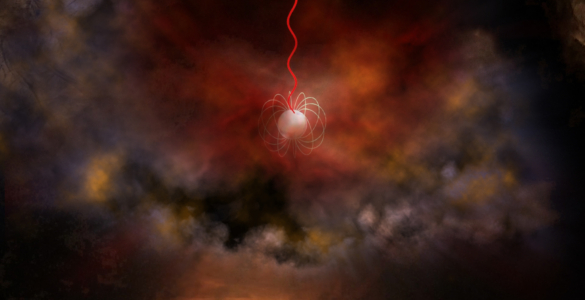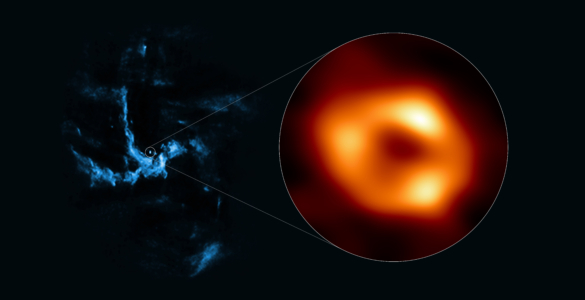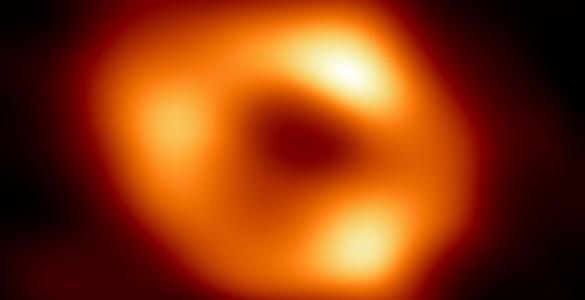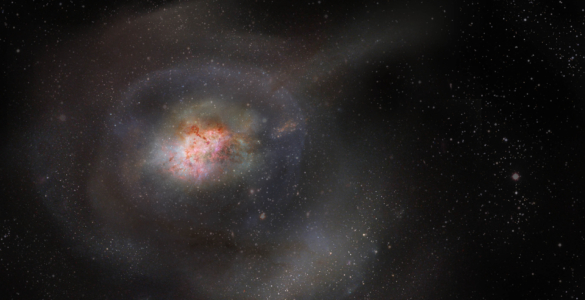Latest NRAO News
News is managed by NRAO News & Public Information. Questions about News? Have a story to share? Want to interview a scientist or create new media about our telescopes?

A highly active repeating Fast Radio Burst is raising new questions about the nature of such objects, and also raising doubts about their usefulness as cosmic yardsticks.

The new image of the black hole at the center of our Milky Way galaxy made with the Event Horizon Telescope brings radio astronomy back to its celestial birthplace. The EHT image provides the closest look yet at the region from which radio waves from beyond the Earth were first detected in 1932 — by Karl Jansky, the father of radio astronomy.

Astronomers have unveiled the first image of the supermassive black hole at the center of our own Milky Way galaxy. This result provides overwhelming evidence that the object is indeed a black hole and yields valuable clues about the workings of such giants, which are thought to reside at the center of most galaxies. The image was produced by a global research team called the Event Horizon Telescope (EHT) Collaboration, using observations from a worldwide network of radio telescopes.

Post-starburst galaxies were previously thought to scatter all of their gas and dust—the fuel required for creating new stars—in violent bursts of energy, and with extraordinary speed. Now, new data from the Atacama Large Millimeter/submillimeter Array (ALMA) reveals that these galaxies don’t scatter all of their star-forming fuel after all. Instead, after their supposed end, these dormant galaxies hold onto and compress large amounts of highly-concentrated, turbulent gas. But contrary to expectation, they’re not using it to form stars.

The Planetary Science Decadal Survey indicated that new ground-based radar systems will be vital research tools for planetary defense and studying planets, moons, asteroids, and other Solar System objects. The National Radio Astronomy Observatory and the Green Bank Observatory are developing new capabilities for the Green Bank Telescope and the Very Long Baseline Array that will meet those needs.

Most planets orbit a star, but some planets can escape and “go rogue.” But how do astronomers study planets that wander the cold dark of interstellar space? Join our host, Summer Ash of the National Radio Astronomy Observatory, as she talks about how radio astronomers study rogue planets.





